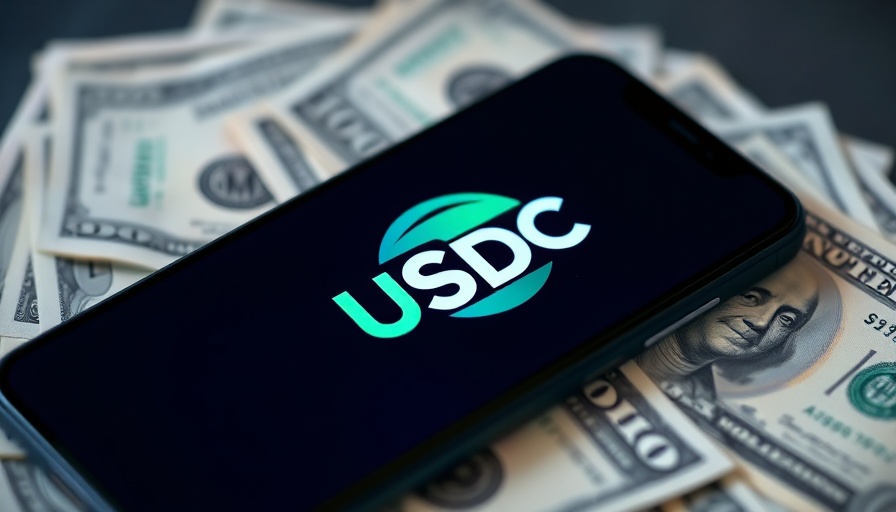
ADP's Innovative Mobile CPR Training: A Game Changer for Workplace Safety
In a groundbreaking initiative, ADP has partnered with the American Heart Association to provide Hands-Only CPR education via its Mobile Solutions app. This program directly addresses the alarming statistic that cardiac arrest claims the lives of over 10,000 individuals annually in U.S. workplaces. By empowering users with life-saving skills at their fingertips, ADP hopes to significantly enhance CPR awareness among the American workforce.
Why Hands-Only CPR Matters
Cardiac arrest can strike without warning, and immediate intervention is critical. Studies show that initiating CPR can double or triple a victim's chances of survival, yet a large portion of the population feels unprepared to respond in these emergencies. The ADP Mobile app aims to change this narrative by making CPR education accessible and engaging. Users can learn vital techniques through a simple two-step process: watching a concise instructional video followed by a brief assessment. Those who complete the course receive a digital badge signifying their readiness to respond.
Expanding Reach: ADP's Commitment to Lifesaving Education
The initiative has already garnered significant interest; since its pilot launch in Fall 2024, more than 160,000 users have engaged with the CPR training content. Given that ADP's Mobile Solutions app has around 14 million active users each month, the potential impact is profound. As Maria Black, ADP’s president and CEO, stated, "Every decision we make is centered on helping people thrive at work and in life." This approach carefully blends technology and innovation with the urgent need for health and safety training.
Bridging the Gap with In-Person Training
In addition to its virtual training, ADP is taking its commitment to lifesaving education a step further by organizing in-person training sessions across its offices. Over the course of 2025 and early 2026, the company plans to host more than 100 events focusing on Hands-Only CPR and AED usage. This dual approach ensures not just knowledge but also hands-on experience, which is invaluable when lives hang in the balance.
The Broader Impact on Workplace Culture
Education initiatives like these are vital in building a culture of health and safety within organizations. Employees who feel prepared and empowered to act in emergencies can improve overall morale and workplace cohesion. Moreover, with only half of today’s workers aware of the location of an AED in their workplace, ADP's efforts aim to close this knowledge gap, reinforcing the message that every second counts in cardiac emergencies.
Join the Movement
As ADP and the American Heart Association collaborate to create a Nation of Lifesavers, the importance of accessible CPR training cannot be understated. Through this initiative, individuals and organizations alike can change the outcome of a crisis. By participating in such programs, businesses not only enhance their safety protocols but also show their dedication to employee well-being.
As a leader in your organization, consider integrating this essential training into your resources. Visit heart.org/nation to learn more about the program and take a stand for lifesaving education.
 Add Row
Add Row  Add
Add 



Write A Comment